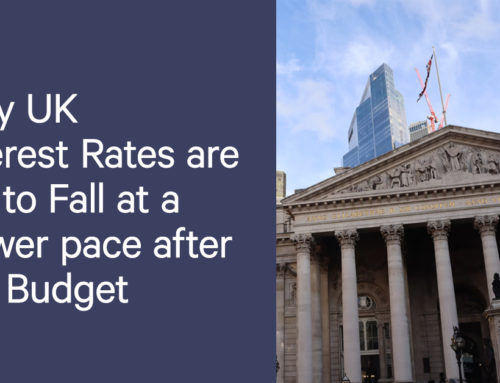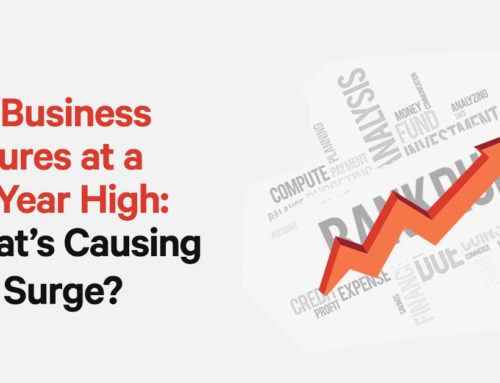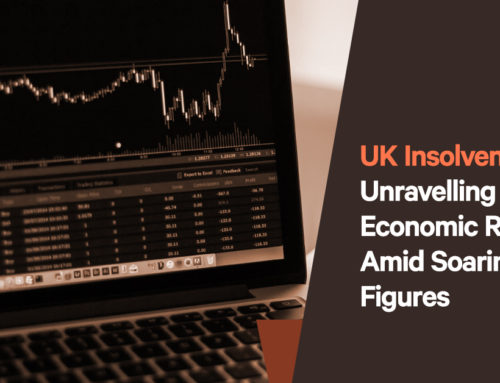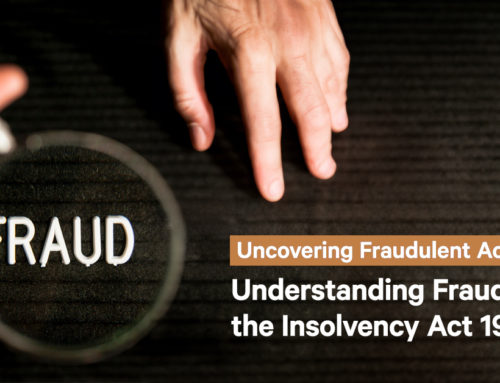Suppose you are closing a solvent business through a Members’ Voluntary Liquidation (MVL) process and selling the business’s assets. In that case, you will be liable to pay Capital Gains Tax (CGT) on the profits of all qualifying assets that are sold. However, you may be eligible for tax relief on CGT, which was called Entrepreneurs Relief and is now known as Business Asset Disposal Relief (BADR) – it was renamed on 6th April 2020. To claim MVL Entrepreneurs Relief, there are certain criteria that must be adhered to in order to be eligible. So, let’s get into the details about MVL Entrepreneurs Relief and how you can claim your tax rebate.
What is MVL Entrepreneurs Relief?
Entrepreneurs Relief, or BADR, is a tax benefit that effectively reduces the amount of tax you will pay on any capital gains when selling assets and shares, up to £10 million in value, in a Members’ Voluntary Liquidation. Whereas you would normally pay 20% CGT, by claiming Entrepreneurs’ Relief, you will only pay 10% tax on the profits, potentially saving as much as £1 million in your lifetime.
The tax relief is applicable for sole traders and business partnerships as well as for company directors of limited companies. However, to claim Entrepreneurs Relief on company shares, the company must have been a trading company or part of a trading group.
It is possible for couples to claim Entrepreneurs Relief individually, i.e. you were both partners in a business that was closed through a Members’ Voluntary Liquidation process. You will need to have been employed by the company as directors and own a minimum of 5% of the shares each in order to qualify individually, which you will both need to do.
What is the eligibility criteria?
To be able to claim Entrepreneurs Relief, you will need to meet at least one of the following criteria over a two year period. This period is known as the qualifying period and ends on either the date the asset was sold or the business was closed as part of the MVL process (if earlier than the asset being sold):
- You are closing all or part of a business in which you were a sole trader or business partner. You must also have owned the business for more than one year before you close it and sell its assets. You are still eligible if you sell the assets at a later date, as long as they are sold within three years of the business being closed.
- You have a minimum of 5% of the shares, securities or voting rights within the company being closed or have bought the shares at least one year before the business was closed and the assets sold. This means you were an employee of the company that focused on trading (not those that focused mainly on investment) for over a year.
- You lent the business an asset and it is being sold along with the business being closed. However, this only applies if the asset in question was used for at least one year prior to the business being closed and the asset being sold.
- You are selling shares you received via an Enterprise Management Incentive scheme after 5th April 2013.
For assets to qualify for the MVL Entrepreneurs Relief, the assets must have been sold within three years of the business closing. In addition, any property asset being sold must have been owned exclusively by the business, such as a warehouse, factory or shop, and used free of rent. If you remain the landlord of the property as part of a portfolio, it is considered an investment and not an asset.
How to claim for MVL Entrepreneurs Relief?
During your lifetime, you are allowed to claim Entrepreneurs Relief up to £1 million and it doesn’t matter how many times you claim the tax relief.
There are two ways to claim MVL Entrepreneurs Relief:
- Via a Self-Assessment Tax Return – if you were a sole trader of the company that was liquidated or a partner in the company being closed, you are able to claim your Entrepreneurs Relief tax on a Self-Assessment Tax Return form and submit it to HMRC.
- Via a Business Asset Disposal Relief form – you can use this form whether you are a qualifying beneficiary of BADR and/or a trustee of a settlement. You will need to detail the asset on which you are claiming tax relief and include your capital gain calculation as well as the amount of tax relief you are due.
How to calculate MVL Entrepreneurs Relief tax?
To make a claim, you will need to calculate how much CGT you are due to pay on the asset sold, as well as the amount of relief you are due.
1. Calculate the capital gain on the asset. If there is more than one asset, add the capital gains together. For example, if the asset was bought for £20,000 and was sold for £40,000, you calculation would be as follows:
£40,000 – £20,000 = £20,000 capital gain.
2. Deduct any qualifying losses, including fees incurred in the sale of the assets, such as advertising, costs to improve the asset (excluding standard repairs), and any Stamp Duty Land Tax and VAT (only if you are not able to reclaim the VAT). For the example, let’s assume qualifying losses amounted to £2,500:
£20,000 – £2,500 = £17,500 capital gain.
3. Deduct your tax-free allowance, which is £12,300 for individuals and £6,150 for trusts – we will assume an individual for the example:
£17,500 – £12,300 = £5,200 capital gain.
4. Pay 10% tax on the remaining capital gain:
10% of £5,200 = £520 CGT to pay.
If you claim more than £1 million in Entrepreneurs Relief, you will be subject to the standard rate of CGT, which is 20%.
Contact our team if you are considering a Members’ Voluntary Liquidation and want to find out more details about MVL Entrepreneurs Relief.
If you are struggling with corporate or personal debt and unsure what the right route is to deal with your creditors, the first step is to seek professional advice. Our highly experienced professionals at Leading are on hand to help with advice on managing personal and professional insolvency matters. Contact us today and discover how we can help you.






